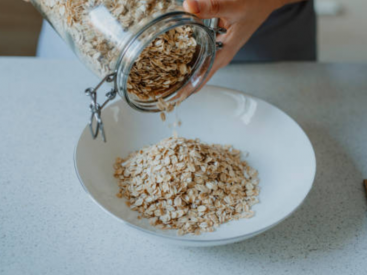Introduction Ultraprocessed foods have been associated with an increased risk of noncommunicable diseases, such as diabetes, cardiovascular diseases, and cancer as well as all-cause mortality. The study aimed to estimate premature deaths attributable to the consumption of ultraprocessed food in Brazil. Methods A comparative risk assessment model was developed […]
Delicious!
Delicious!



